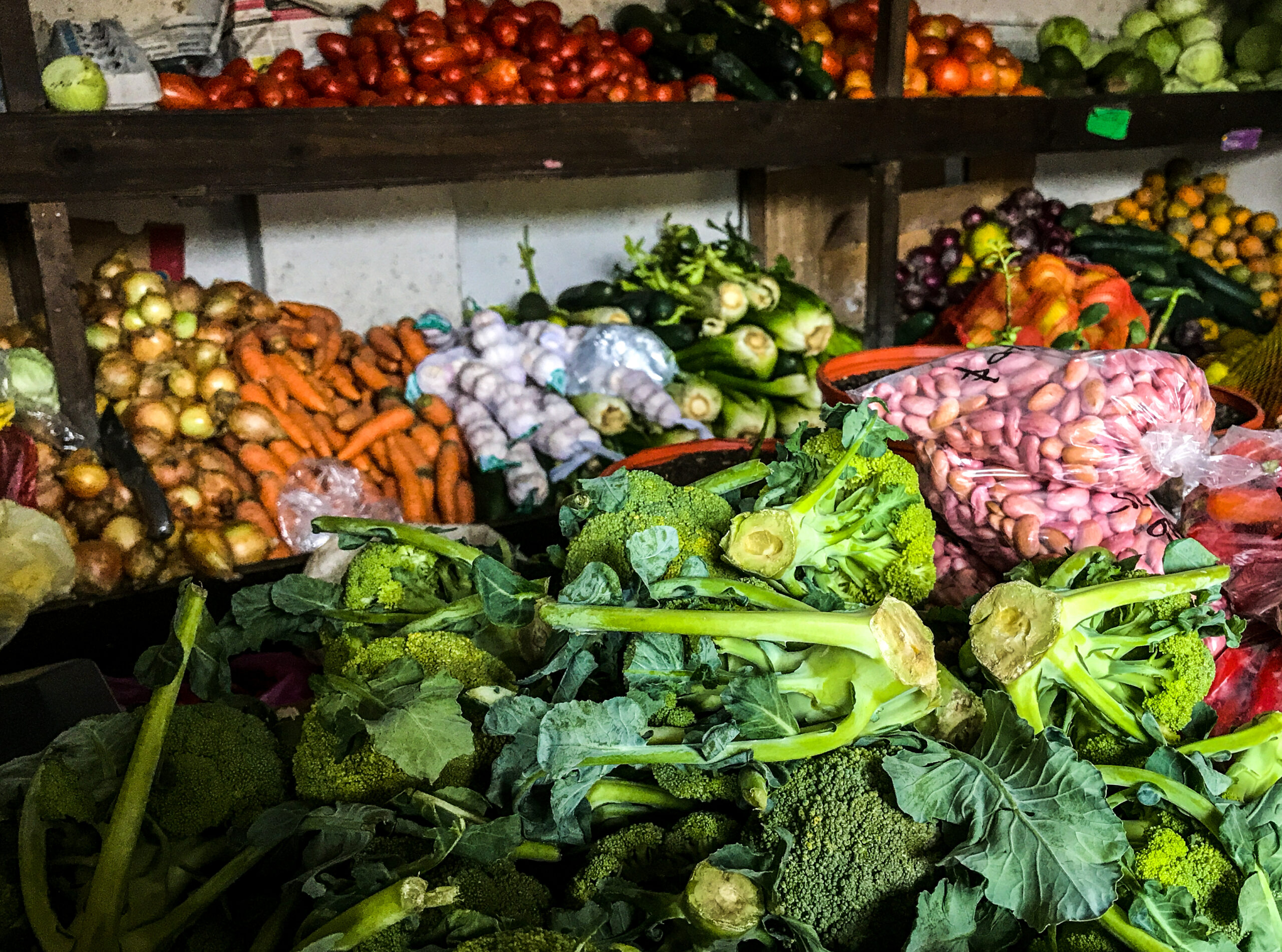A few years ago, generating electricity from vegetable waste seemed like a far-fetched idea, but not anymore. Hyderabad’s Bowenpally Vegetable Market has turned this into reality. Nearly 10 tonnes of waste is collected every day in the market, which earlier used to end up in landfills, but is now the major source of electricity for the vegetable market.
Srinivas, Secretary, Bowenpally’s vegetable market, highlighted that every ounce of vegetable and fruit waste collected from this market is used to generate around 500 units of electricity and 30 kg of biofuel. The electricity generated provides electricity to streetlights, 170 stalls, an administration building, and the water supply network.
Meanwhile, the biofuel produced is pumped to the market’s commercial kitchen. The biogas plant is now called the “path to a sustainable future”. The canteen in the market is being run by the electricity generated through the plant established. The market yard requires 650-700 units of power and about 7-8 tons of vegetable waste generated to produce 400 units of electricity on average. As a result, the marketplace is also kept clean and pollution free. Various international delegates have also visited the plant and appreciated our efforts.”
Bowenpally’s waste-to-energy plant generates employment for women by providing opportunities for them to work in various roles such as sorting and segregating waste, operating machinery, and managing administrative tasks. This plant offers women workers a steady income along with an opportunity for skill development.
According to Bowenpally market officials, on average, 10 tons of waste is generated per day. This waste has the potential to generate approximately 6,290 kg of CO2 per annum which could be more damaging to the environment. To address this issue, Bowenpally vegetable market officials decided to turn this waste into energy.
The waste generated (rotten and unsold vegetables) in the Bowenpally vegetable market and nearby yards are collected from across the city. The vegetables are chopped into smaller pieces and run over the conveyor belt to the shredder. The waste then undergoes a shredding process where all the vegetables are crushed into smaller and uniform sizes and sent to a grinder. This grinder further crushes the content into pulp, which is also called slurry and passes them to the anaerobic digesters.
The gas generated is collected and stored in balloons until further use. Bio-manure is obtained, apart from the gas, as a by product. In a separate tank, biogas is collected and via a pipeline system sent for cooking. The biofuel is then supplied into a 100% biogas generator which is used to power the cold storage rooms, water pumps, shop, street lights, etc.
The biogas plant funded by the Department of Biotechnology and Department of Agriculture marketing Telangana, Geetanath (2021) was set up under the guidance and patented technology of CSIR-IICT (Council of Scientific and Industrial Research–Indian Institute of Chemical Technology) executed by the Hyderabad-based Ahuja Engineering Services.
Around 30 kg of bio-fuel generated per day is supplied to the kitchen facilities near the unit. 400- 500 units of electrical power is being utilized by the administrative building, market water supply network, around 100 streetlights, and 170 stalls of the market.
This biogas unit helps reduce the electricity bill by half (previously ₹3 lakhs per month on average). The liquid bio manure is being used as fertilizer in the farmers’ fields. Upon realizing its efficiency, the Department of Biotechnology announced further funding to establish five more similar plants in different market yards with varying capacities (Gudimalkapur, Gaddiannaram -5 tons/day, Erragadda, Alwal, Sarrornagar- 500 kgs/ day) suitable for the generated market waste.
This innovative practice of converting waste into energy at Bowenpally vegetable market has created large-scale awareness of the use of a sustainable system to generate biofuel, but also encourages more and more cities to take up similar projects for the transformation of urban landscape.


























